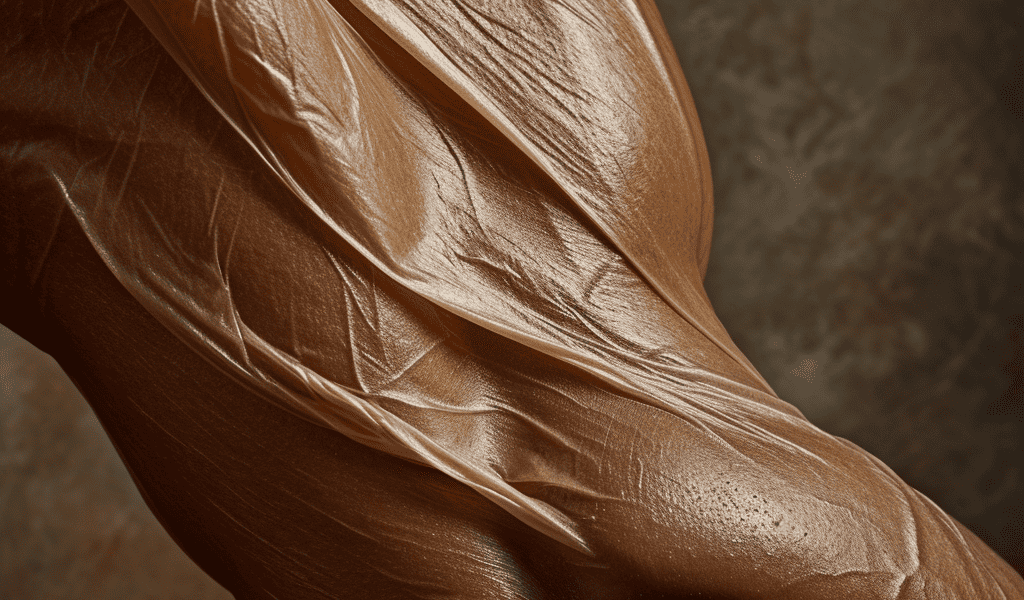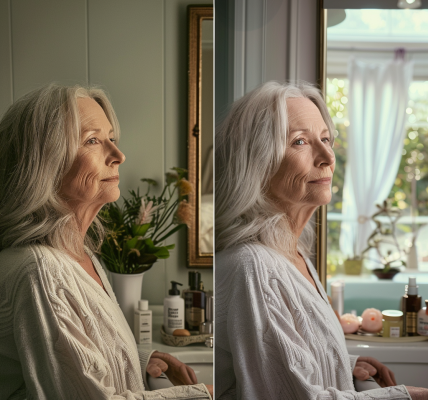Experts have recently shed light on the surprising biological reasons behind the difficulty in toning the upper arms, commonly known as ‘bingo wings’. Despite rigorous workouts, many individuals struggle to see improvements in this area, and it appears that genetics, age, and gender play significant roles in this challenge.
According to Dr. Shelby Johnson, a physical medicine & rehabilitation specialist at Mayo Clinic, Rochester, some individuals are genetically predisposed to store more fat in their upper arms. This means that efforts to tone the arms may be hindered by biological factors beyond one’s control.
Furthermore, age-related changes in skin elasticity can make arm fat more visible, as explained by Austin Gontang, Director of the San Diego Marathon Clinic. Additionally, female sex hormones such as estrogen can influence fat distribution in the body, making it harder to eliminate fat from areas like the arms. Dr. Michael Fredericson, director of Physical Medicine and Rehabilitation at Stanford Medicine, emphasizes that females are at a greater risk of carrying excess weight in their arms, particularly during periods of hormonal fluctuations like menopause.
While it is possible to tone muscles to disguise arm fat, the experts dispel the myth of targeting fat loss in specific areas of the body. The theory of ‘spot reduction’ has yet to be proven effective by scientific studies, highlighting the complex nature of fat distribution and the challenges it presents for individuals striving to achieve their desired physique.
Ultimately, understanding the biological factors contributing to the persistence of bingo wings can provide reassurance to those facing this common struggle. By acknowledging the influence of genetics, age, and gender on fat distribution, individuals can approach their fitness journeys with a more informed perspective, focusing on overall health and well-being rather than fixating on specific areas of the body.





